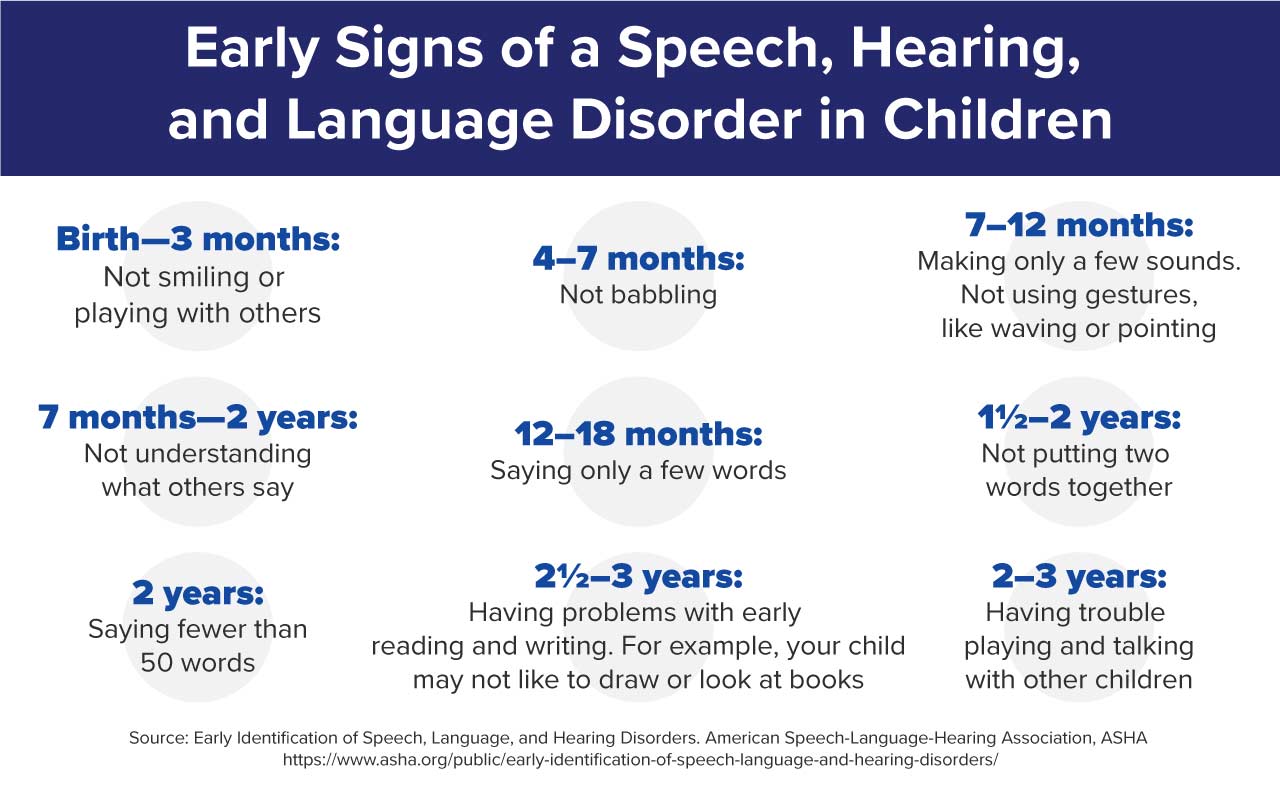In the United States, 8 percent of children have speech disorders, particularly between 3-17 years old, and 4 percent have significant language disorders, totaling around $186 billion in annual treatment costs, according to the National Institute on Deafness and Other Communication Disorders.
Children with these kinds of communication disorders suffer from a variety of difficulties that interfere with their ability to communicate. Communication problems can cause significant barriers to children, preventing or discouraging them from taking part in family, community, and school activities. These barriers can lead to higher levels of unemployment and lower incomes later in life, according to the Agency for Healthcare Research and Quality (US).
Many children with speech, hearing and language disabilities have limited options for communicating effectively and accessing speech-activated technologies. But fast-evolving artificial intelligence (AI) research is paving the way for the development of new tools to help overcome these communication challenges, according to Microsoft.
This article is designed to help parents, caregivers, teachers, and child healthcare professionals access these AI-related resources, including accessibility tools, games, screening tools, and more to improve communication with children with speech, hearing, and language disorders.

 Live Chat
Live Chat
 Treatment for Speech, Hearing, and Language Disorders in the Age of AI
Treatment for Speech, Hearing, and Language Disorders in the Age of AI